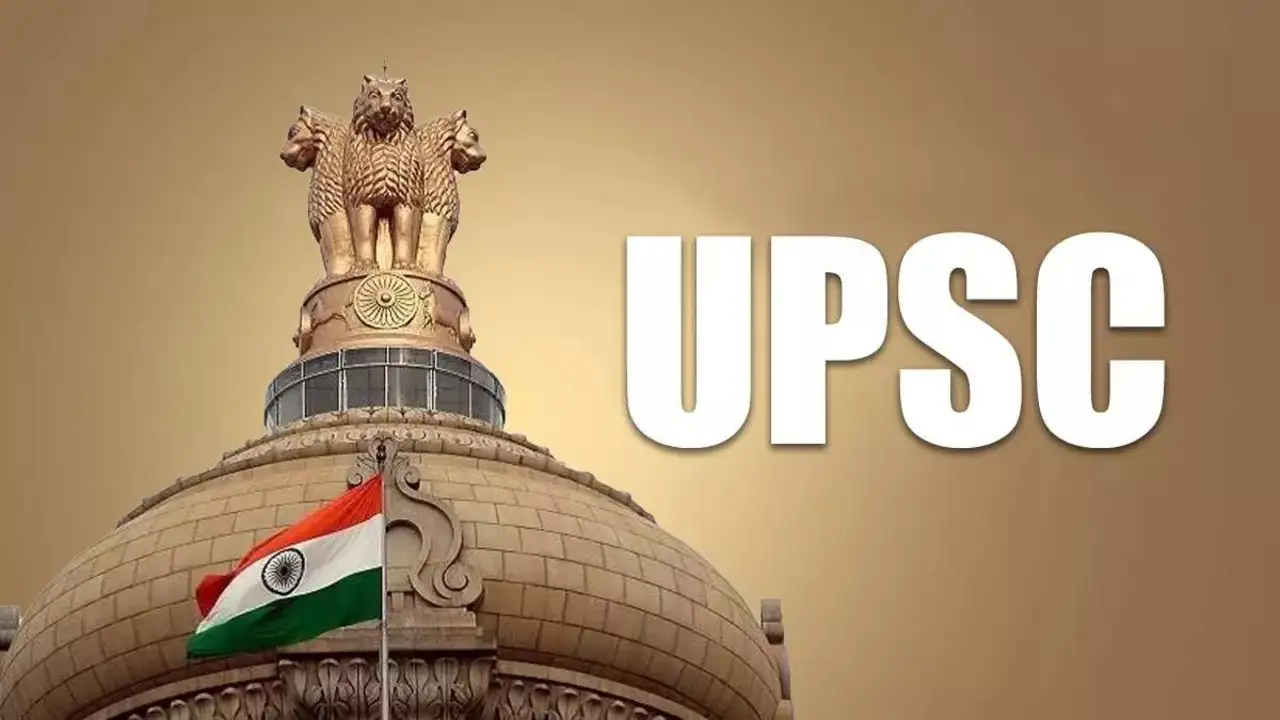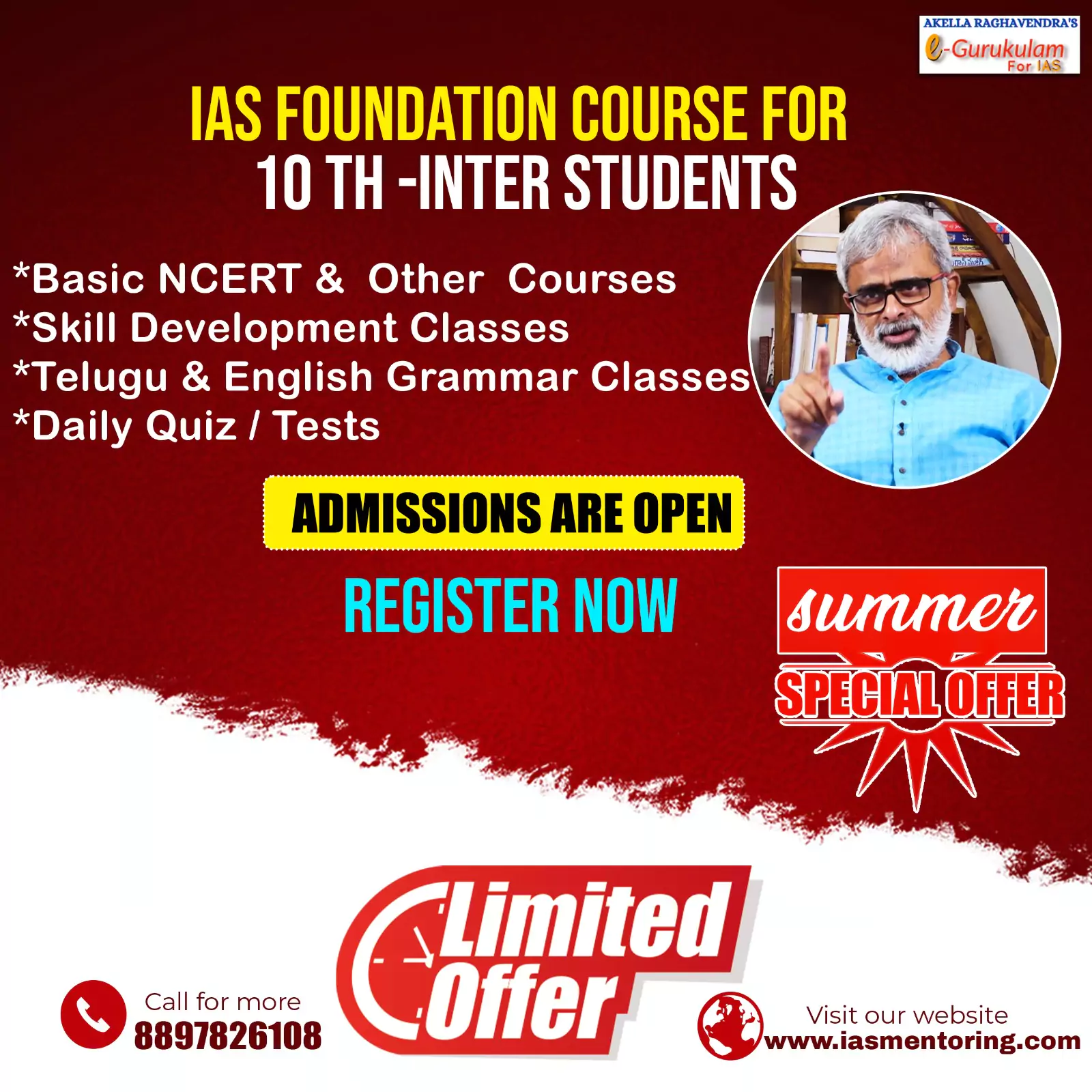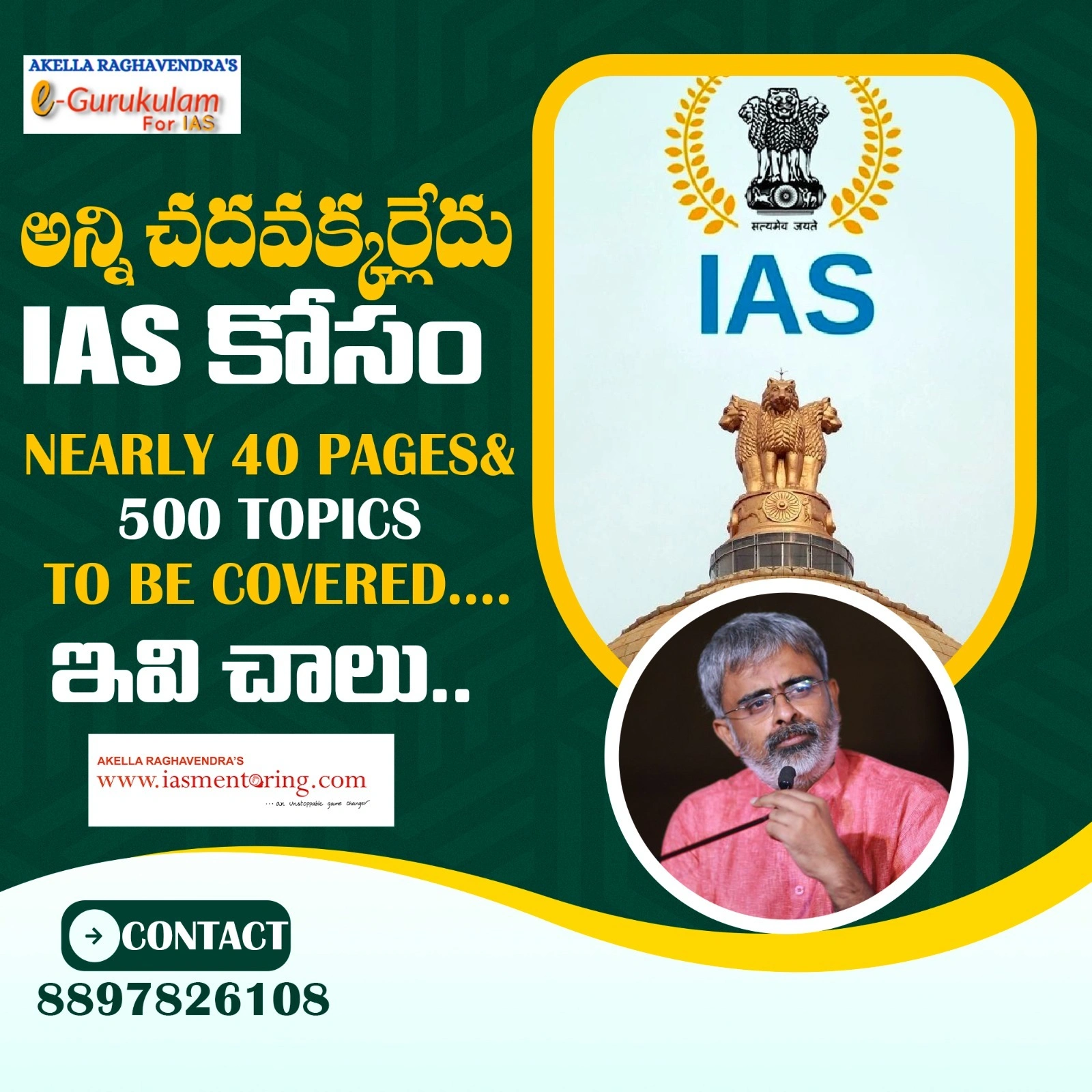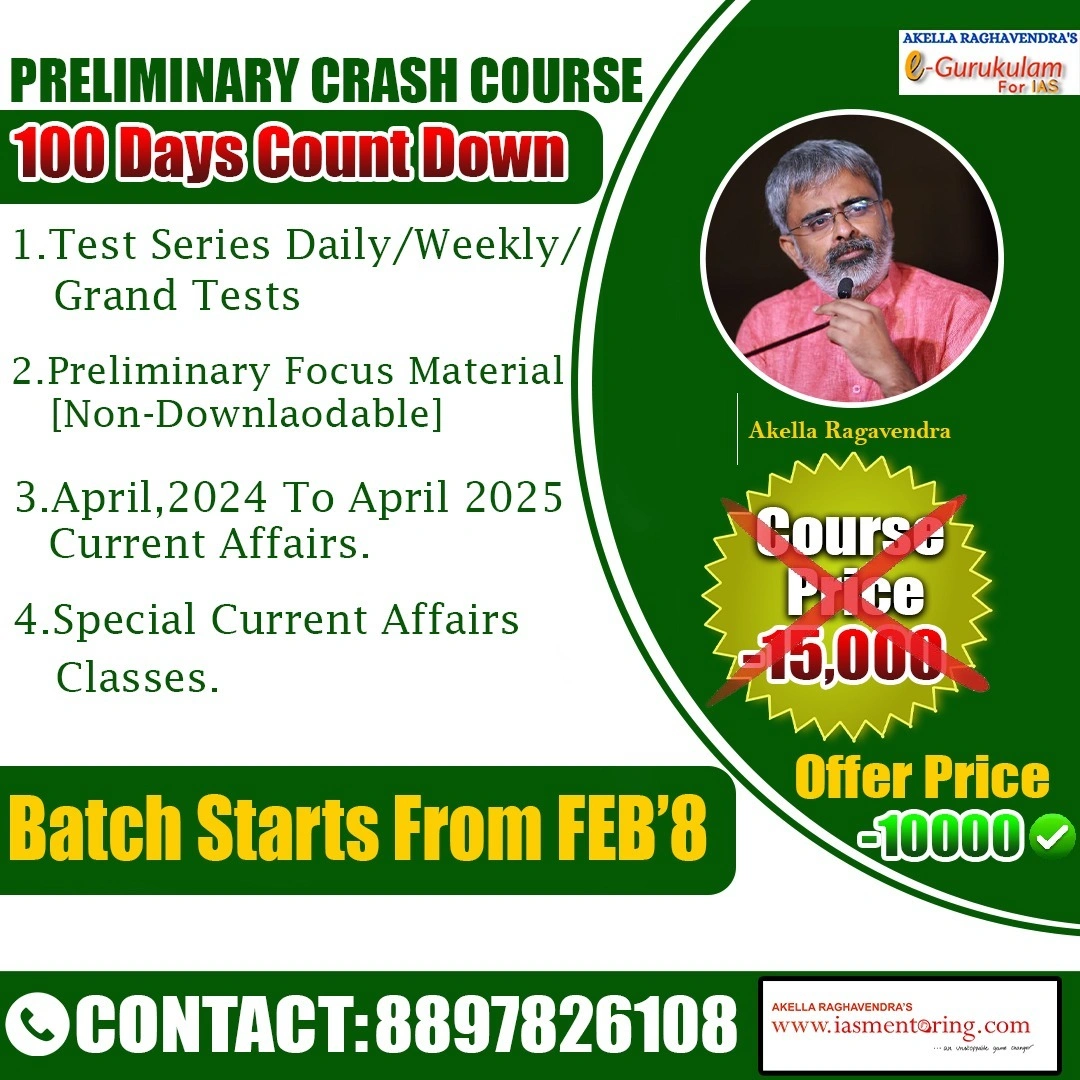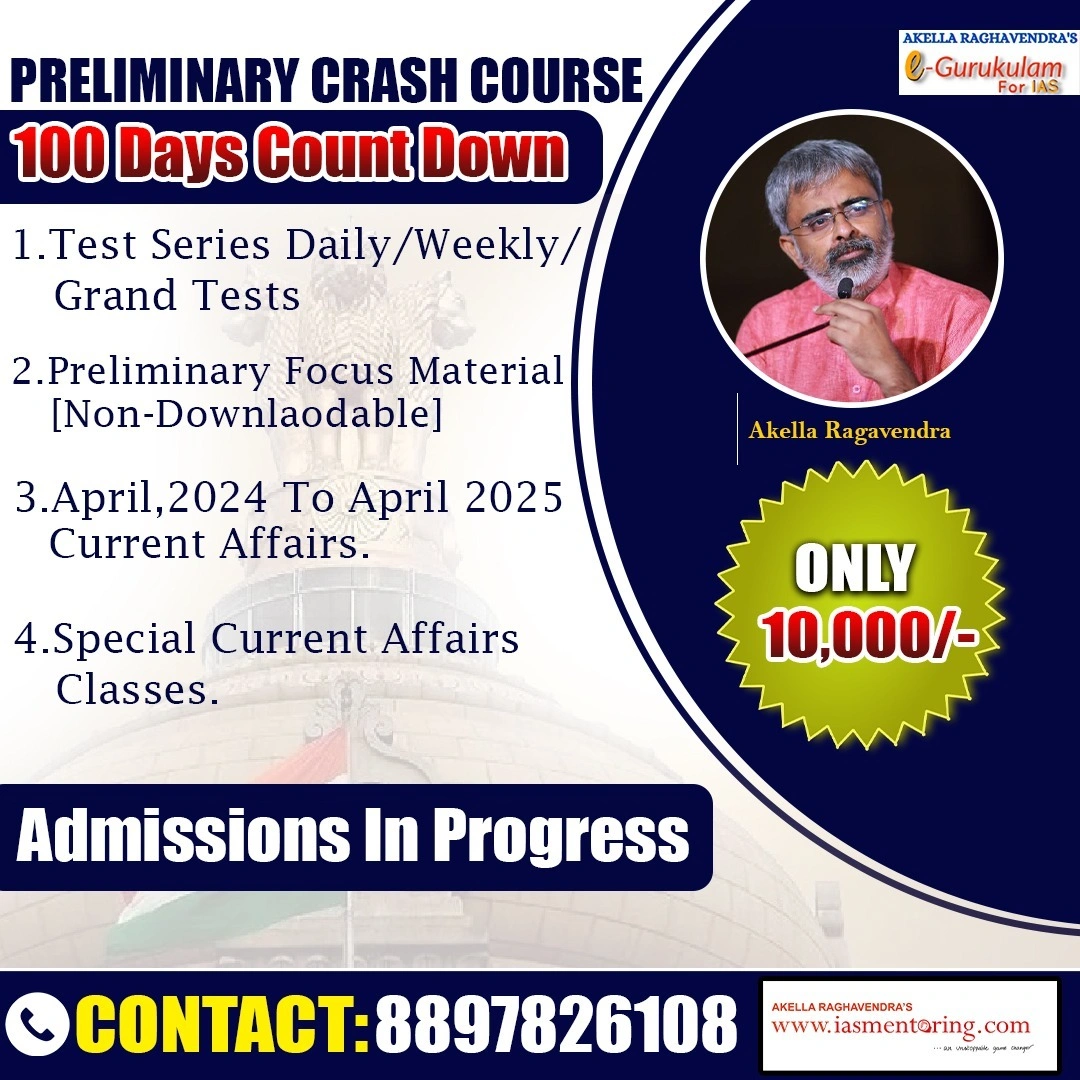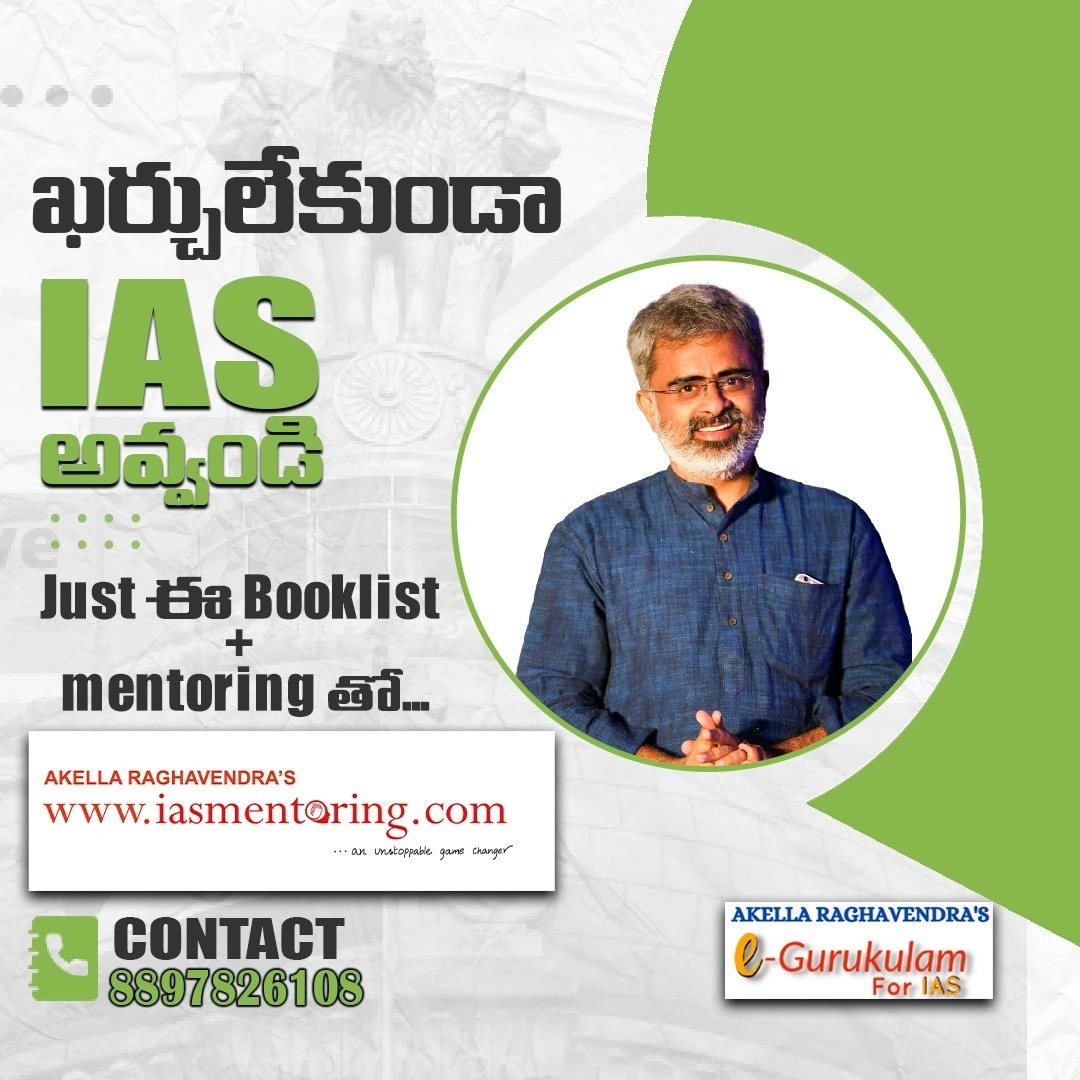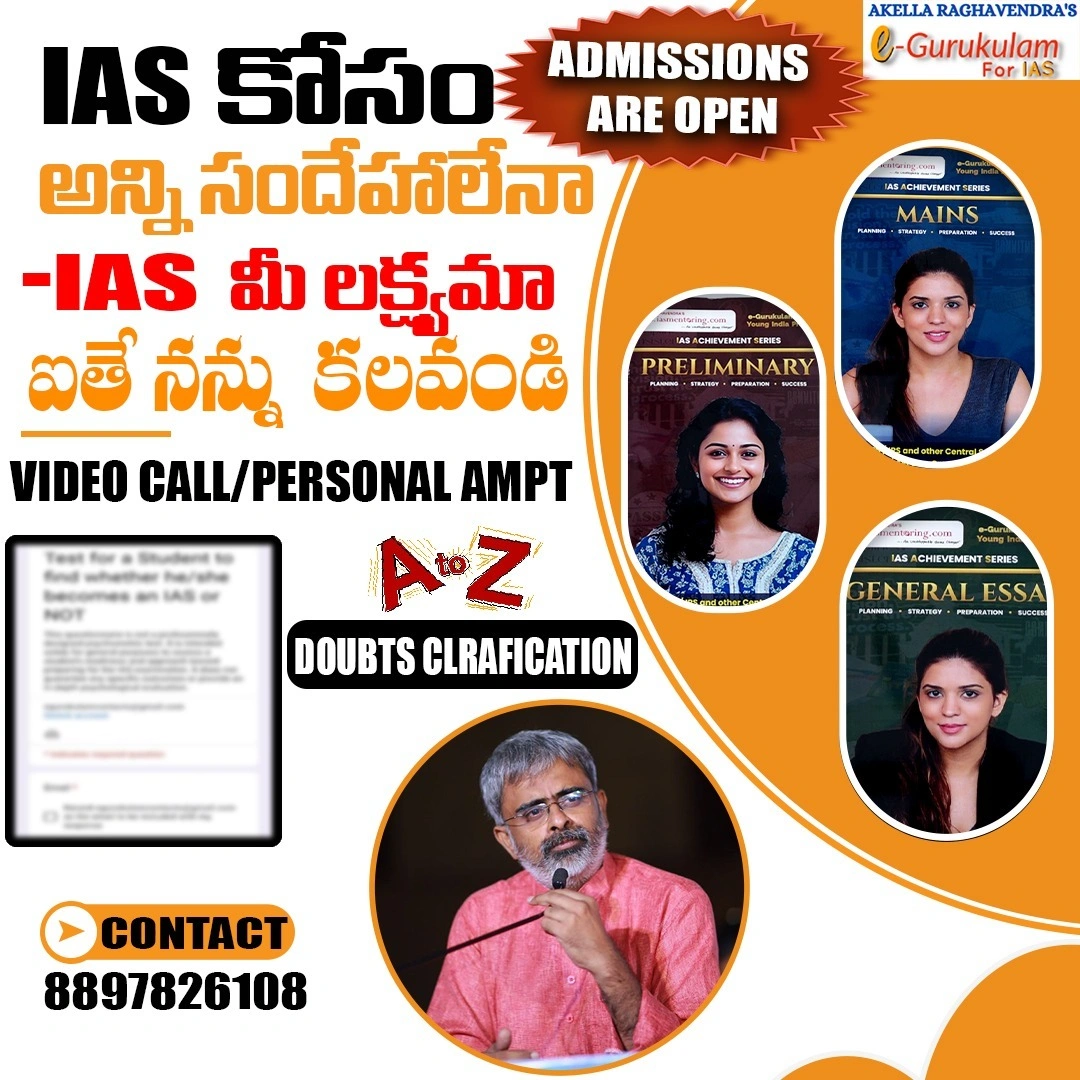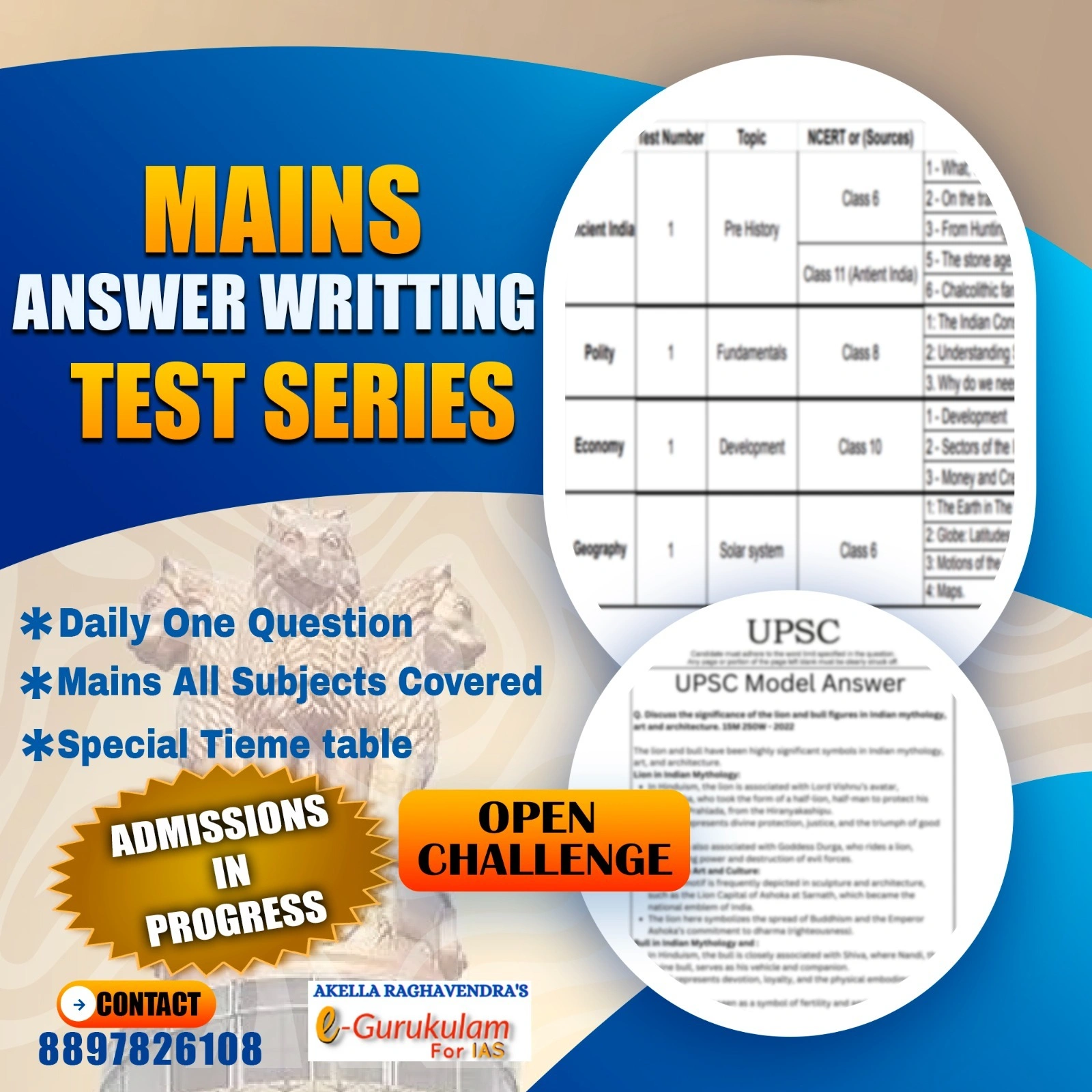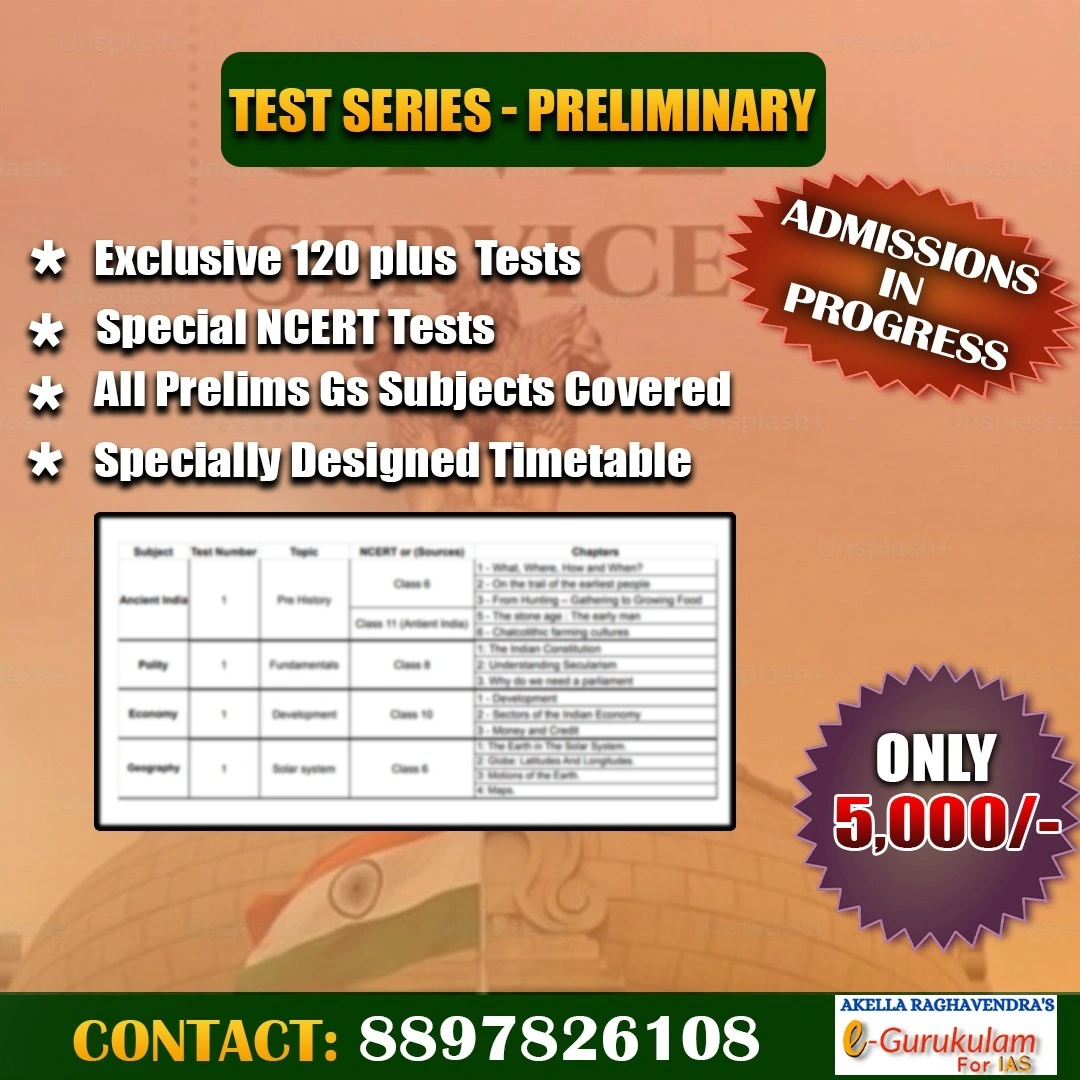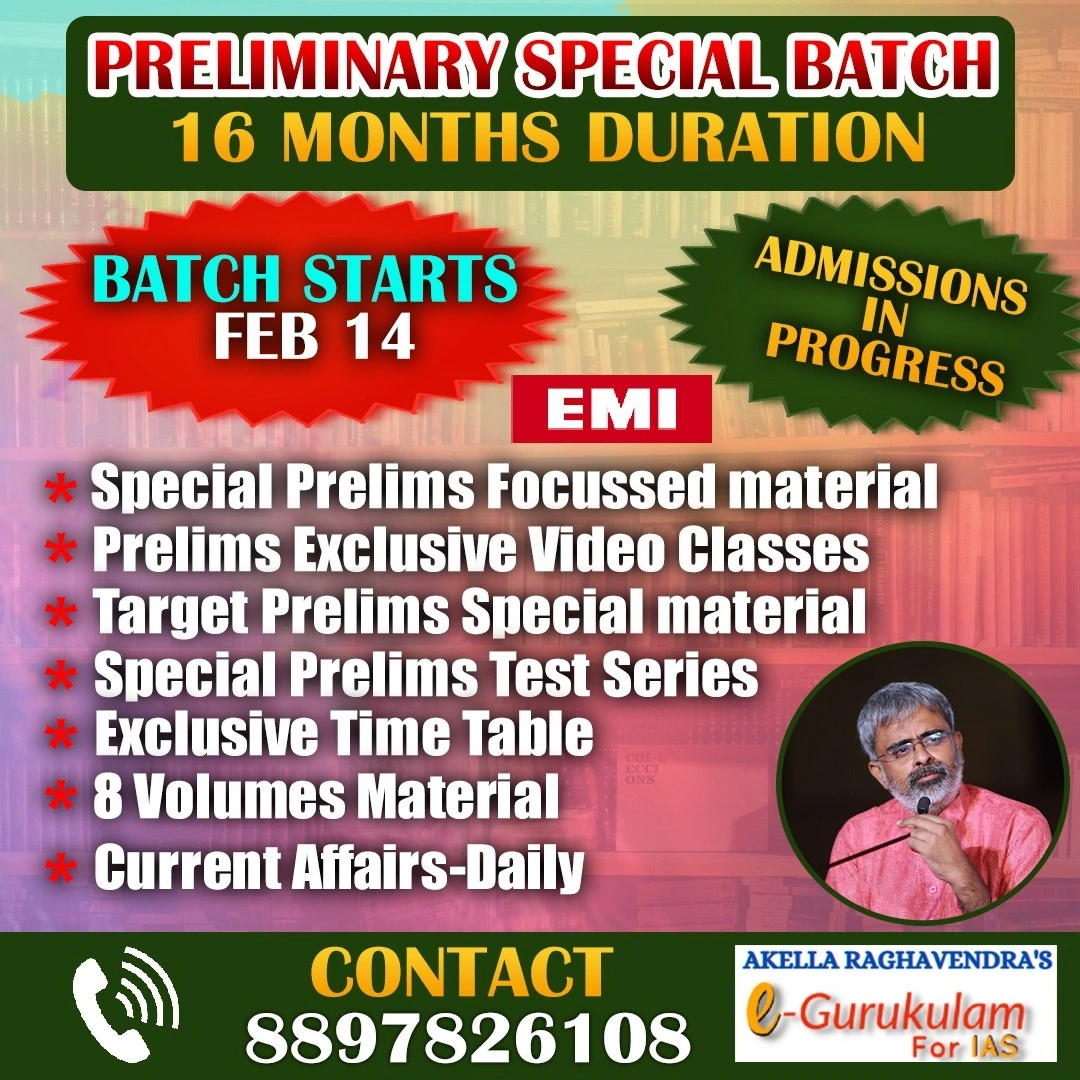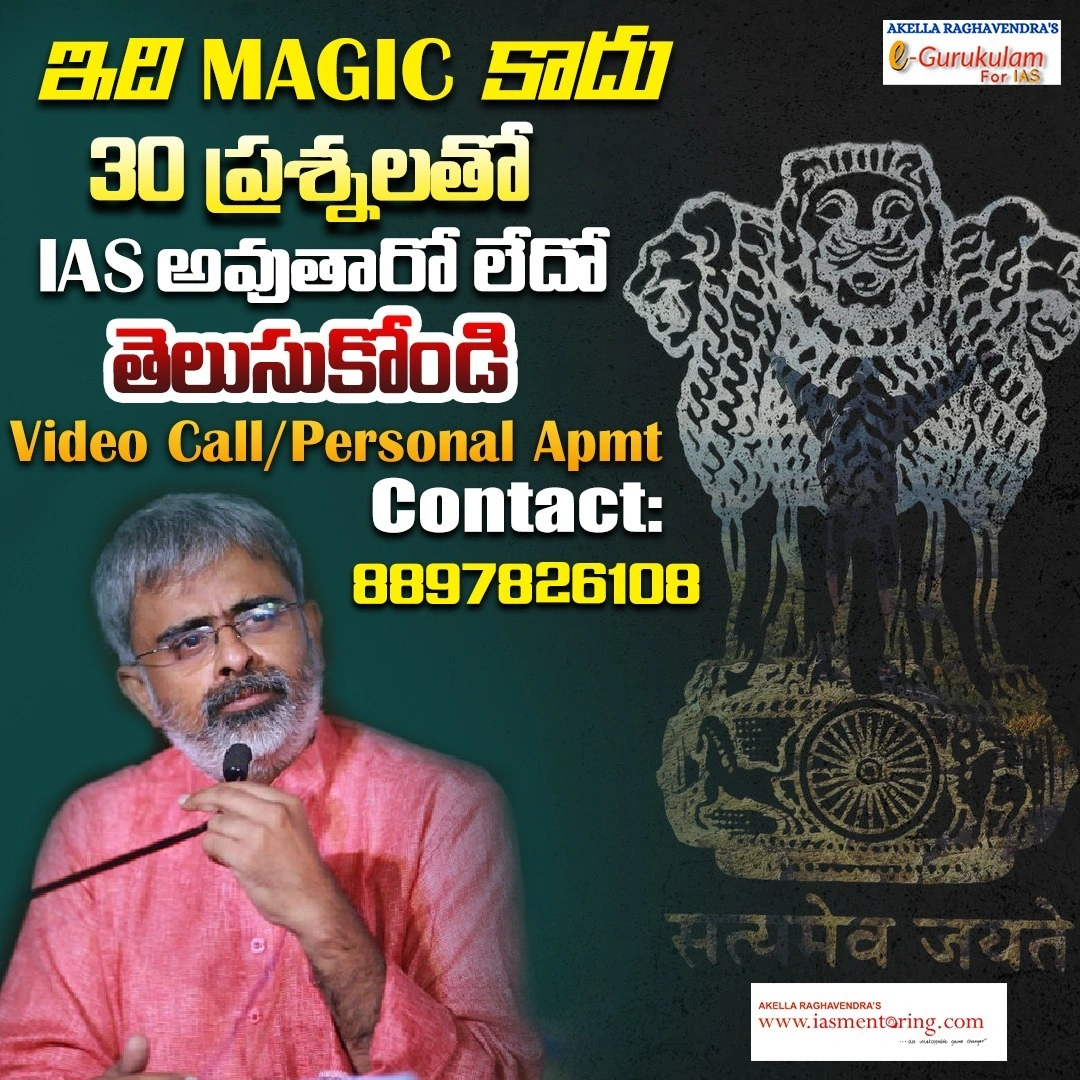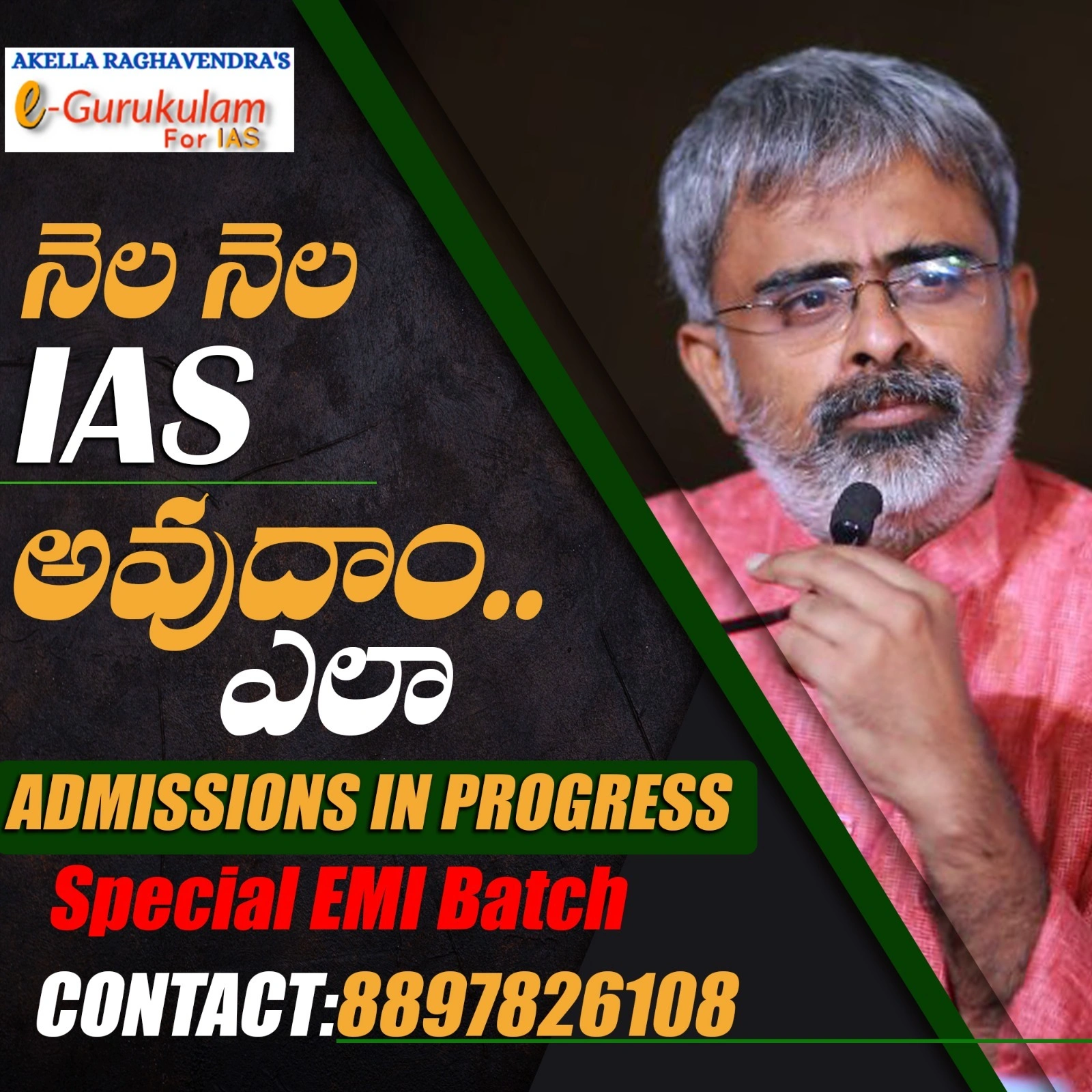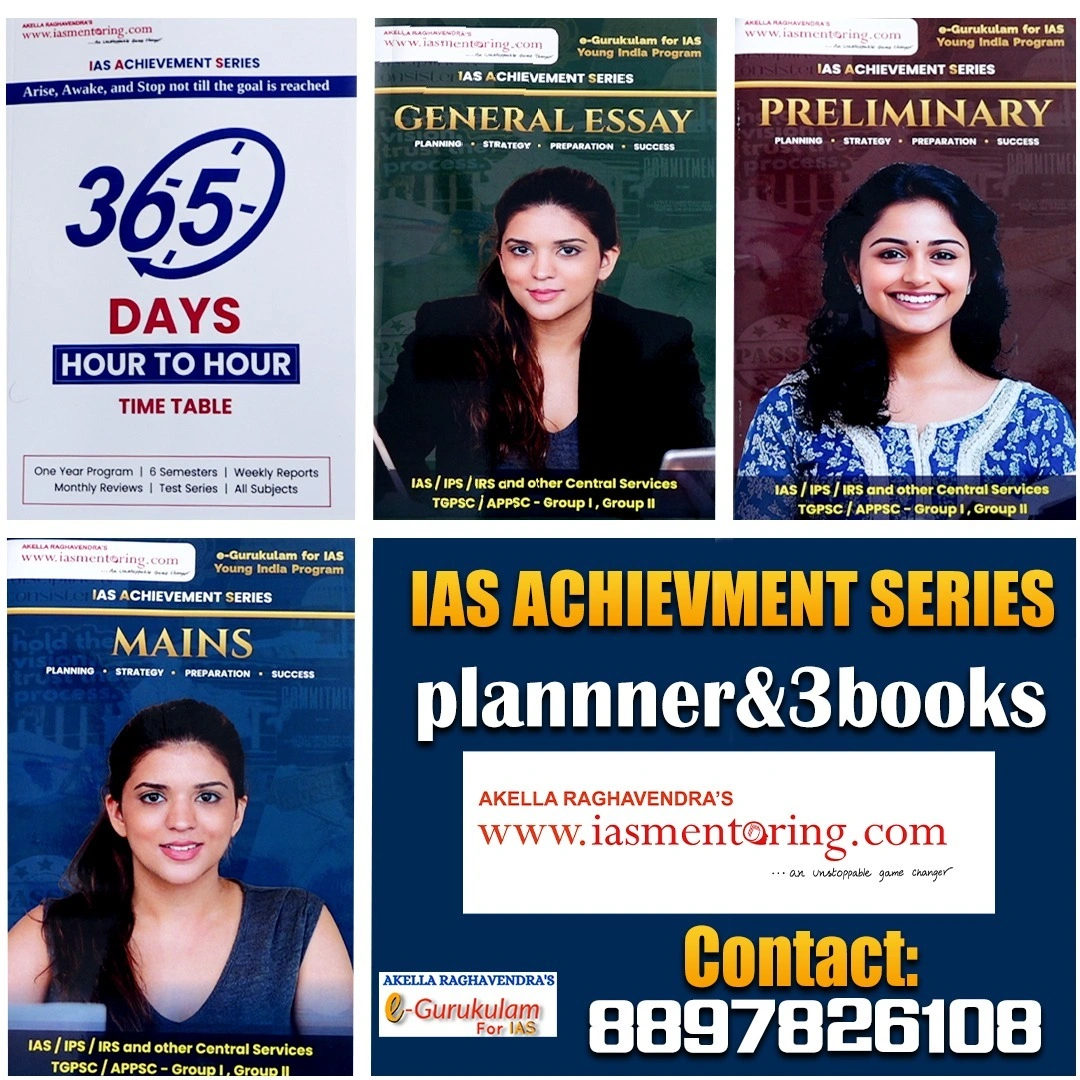UPSC Prelims Examination Guidelines (General Overview)
UPSC Prelims Examination Guidelines (General Overview)
The Prelims consists of two objective-type papers:
- Paper 1: General Studies (GS)
- Paper 2: Civil Services Aptitude Test (CSAT)
Both papers are held on the same day with a break in between. Candidates must appear for both papers; failure to attend either disqualifies them from further stages. Importantly, CSAT is qualifying in nature (minimum 33% required), but the Paper 1 score alone is used to determine selection for Mains.
Detailed Paper-Wise Summary and Strategy
| PAPER 1 [General Studies] | PAPER 2 [CSAT] |
|---|---|
| Total Questions: 100 | Total Questions: 80 |
| Marks: 200 (Each question = 2 marks) | Marks: 200 (Each question = 2.5 marks) |
| Negative Marking: 0.66 marks per incorrect answer (⅓rd of marks) | Negative Marking: 0.83 marks per incorrect answer |
| Duration: 2 Hours (120 Minutes) | Duration: 2 Hours (120 Minutes) |
| Ideal Time Per Question: 1.2 minutes (72 seconds) |
Ideal Time Per Question: 1.5 minutes Qualifying Marks: 33% (66 out of 200) |
STRATEGIC APPROACH FOR PAPER 1
-
Categorization of Questions
During the exam, categorize questions into three types:
-
100% Known Questions (~40 Questions)
- You are certain of the answer.
- Strategy: Mark and bubble these questions immediately.
- Time Goal: ~40–45 minutes.
-
100% Unknown Questions (~15–20 Questions)
- You have no idea about the answer.
- Strategy: Do NOT attempt.
- Note these on the last page of the question booklet (usually reserved for rough work) under “Unattempted”.
-
50% Known Questions (~40–45 Questions)
- You're partially confident, or the answer might be recalled after a second look.
- Strategy: Mark these for review. Go back after attempting 100% known.
- List them as “To Be Revisited” in rough space.
-
100% Known Questions (~40 Questions)
-
Solving 50% Known Questions – 3-Step Methodology
Once done with confident questions, revisit the 50% known ones using the following strategies:
-
Elimination Method
- Identify and eliminate obviously wrong options.
- Often narrows down to 50-50. Choose the more probable one.
-
Repeated Reading + Layered Guessing
- Read the question multiple times.
- Allow your subconscious knowledge layers to guide you.
- Not random guessing — use “informed intuition.”
- Limit guessing to a MAXIMUM of TWO questions.
-
Interconnection Between Questions
- Sometimes, one question contains hints or direct answers to another.
- Scan for such connections and cross-reference.
-
Elimination Method
-
Time Management by Question Type
Questions in the paper vary in terms of length and complexity:
-
Short Questions:
- Easy to read and comprehend.
- Reading Time: ≤30 seconds
- Strategy: Attempt quickly to save time.
-
Medium-Length Questions:
- Moderate complexity.
- Reading Time: ~45 seconds
- Strategy: Prioritize after short ones.
-
Lengthy Questions:
- Take >45 seconds to read and understand.
- Strategy: Keep for last if time permits, unless you are confident.
This classification helps manage time efficiently and avoid bottlenecks.
-
Short Questions:
Pre-Exam Mindset and Best Practices
The day before and on the day of the exam, follow these suggestions:
Do’s :
- Stay calm, stay composed — stress drains mental clarity.
- Sleep well the night before the exam — at least 6–7 hours.
- Reach the exam center well before time.
- Carry necessary documents (Admit Card, ID Proof).
- Use your rough page wisely — for question classification and elimination tracking.
- Trust your preparation and remain focused.
Don'ts :
- Avoid last-minute cramming — it creates confusion.
- Stay away from social media distractions.
- Do not discuss with peers about preparation before entering the hall.
- Do not panic if the paper feels tough — it’s the same for everyone.
The UPSC Prelims is as much a test of knowledge as it is of strategy, composure, and time management. It is crucial to approach it methodically:
- Attempt only those questions you’re sure of or can intelligently deduce.
- Use the rough page for tracking and categorizing.
- Focus on accuracy — avoid random guesses.
- Develop your ability to use knowledge layers, eliminate options, and identify interconnections.
Prepare smartly, stay positive, walk into the exam hall with confidence — and success will follow.
All the best!
